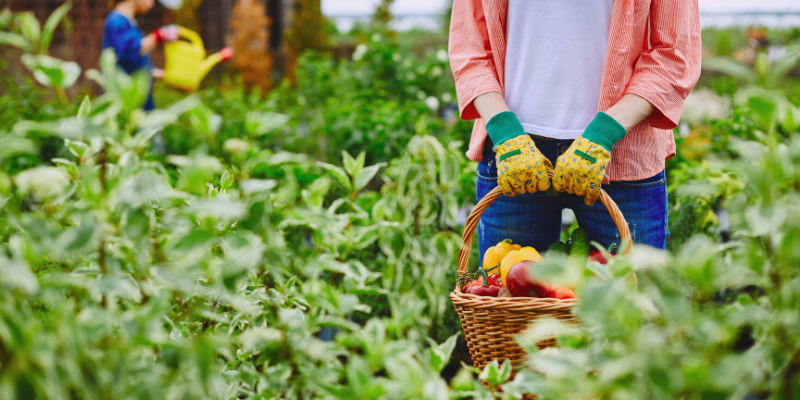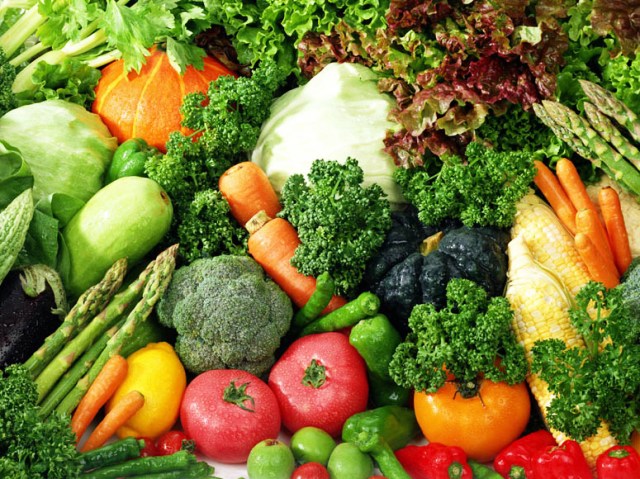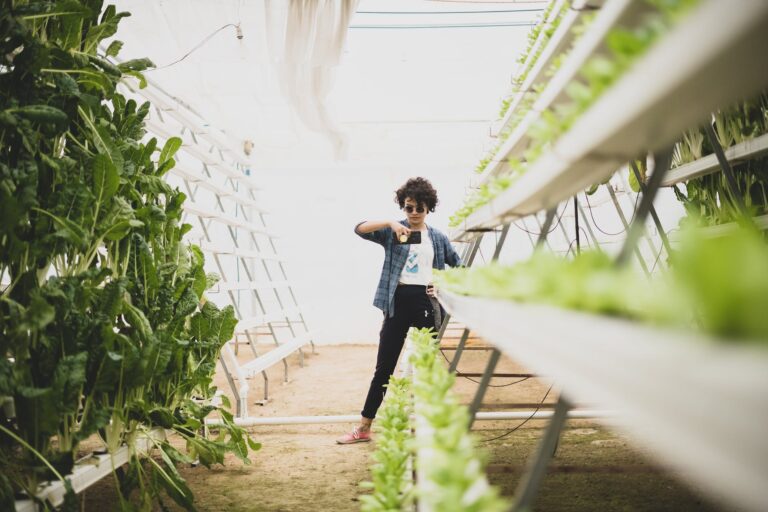Post harvest losses refer to the deterioration of food crops that occur after they are harvested from the field. These losses can occur at any stage of the supply chain, from harvest and handling to storage and transportation. Post-harvest losses have significant economic and social impacts, reducing the income of farmers and increasing the cost of food for consumers. In this article, we will explore innovative approaches to reducing post-harvest losses in the agriculture sector.

Improved Harvesting Techniques
One of the most effective ways to reduce post harvest losses is to improve harvesting techniques. This involves using tools and equipment designed to minimize damage to crops during harvest. For example, using sharp blades to cut crops instead of pulling them by hand can reduce damage to the crops. In addition, using machines for harvesting can reduce the time between harvest and processing, reducing the likelihood of spoilage.
Improved Storage Facilities
Another important factor in reducing post-harvest losses is the use of improved storage facilities. These can include refrigerated trucks and cold rooms. Other storage facilities that are designed to maintain the quality of crops during storage. This can help to prevent spoilage, reduce the growth of bacteria and mold, and preserve the nutritional value of the crops.
Use of Low-Cost Technologies
In many cases, low-cost technologies can be used to reduce post-losses. For example, using solar dryers can help to dry crops without the use of electricity, reducing the cost of drying and reducing the risk of spoilage. In addition, using plastic bags and containers can help to protect crops from damage during transportation and storage.
Training and Education
Training and education can play an important role in reducing harvest losses. Farmers can be trained on best practices for harvesting, handling, and storage. This can help to reduce the risk of damage to crops and improve the overall quality of the crops. In addition, educating consumers on the importance of buying fresh. High-quality produce can help to reduce demand for low-quality products and reduce post-harvest losses.
Use of Technology
The use of technology can also play a significant role in reducing post-harvest losses. For example, farmers and distributors can use mobile applications to track the quality of crops during transportation and storage, enabling them to make adjustments to reduce spoilage. Furthermore, sensors and other monitoring technologies can track the temperature, humidity, and other environmental factors that can affect the quality of crops.
Improved Infrastructure
Infrastructure improvements can also help to reduce post losses. For example, better roads and transportation systems can reduce the time it takes to transport crops from the field to the market, reducing the risk of spoilage. In addition, improved electricity and water supply systems can help to support the use of refrigeration and other technologies that can reduce harvest losses.
Value Addition
Value addition involves taking raw agricultural products and transforming them into processed or partially processed products. This can reduce losses after harvest by creating a new market for crops that might have been damaged or unsuitable for sale as fresh produce. It’s a method for minimizing waste and boosting farmers’ income.
Conclusion
Reducing post harvest losses is a critical component of sustainable agriculture. Innovative approaches, such as improved harvesting techniques, and improved storage facilities. The use of low-cost technology, training, and education, the use of technology, improved infrastructure, and value addition, can all play a significant role in reducing harvest losses. By reducing harvest losses, we can improve the income of farmers, reduce food waste, and increase access to fresh, high-quality produce for consumers.
To get more amazing and unique information and posts, visit our homepage. If you have any suggestions or information, feel free to share it with us. We would love to hear from you!






